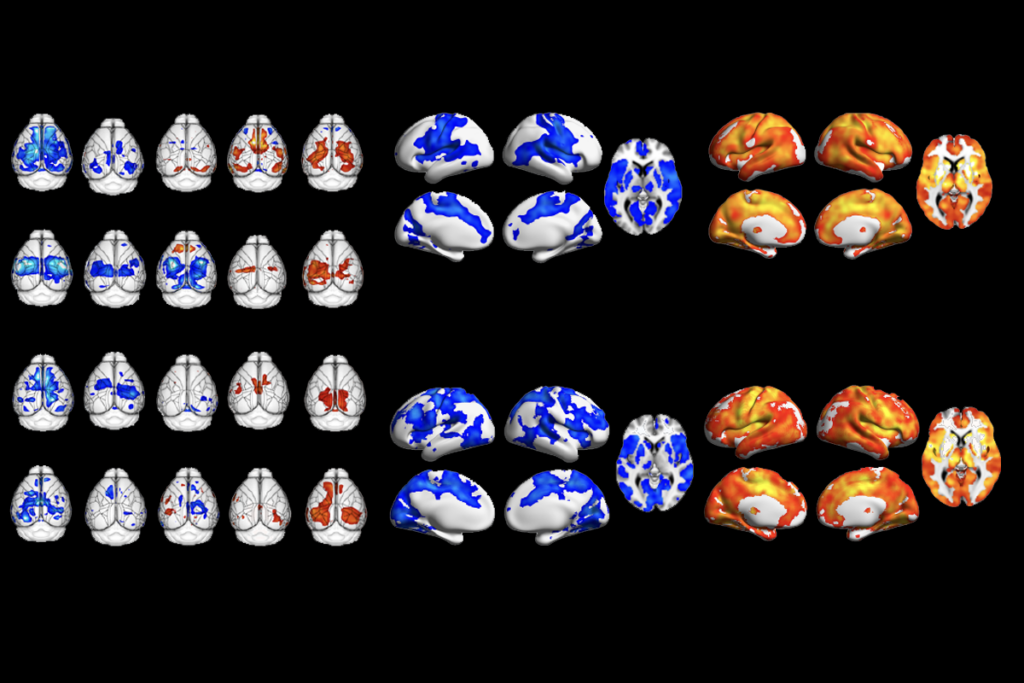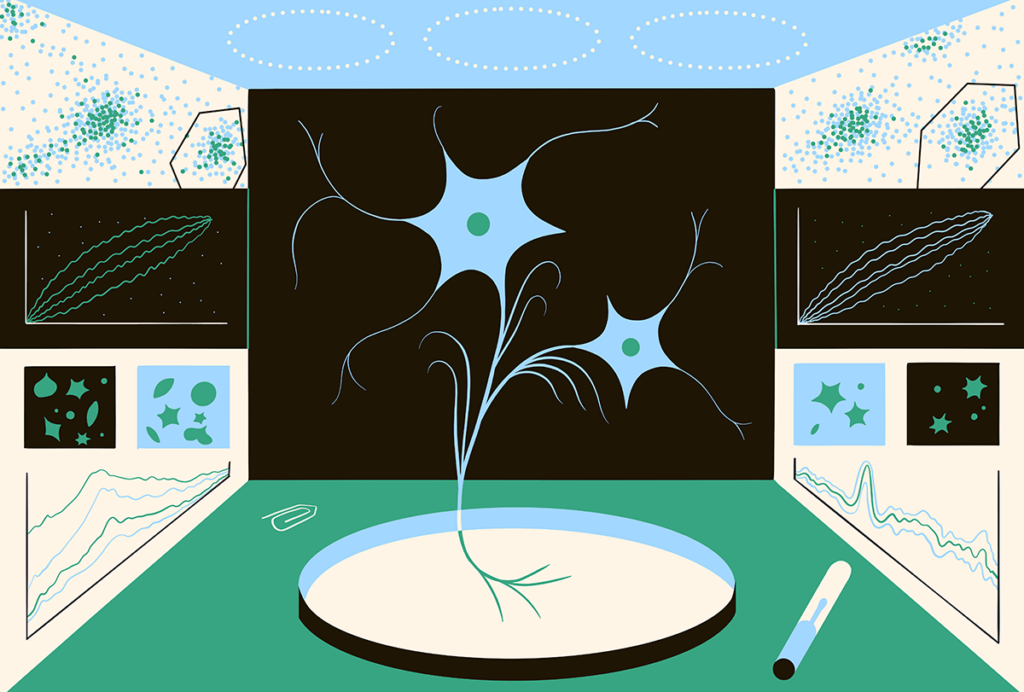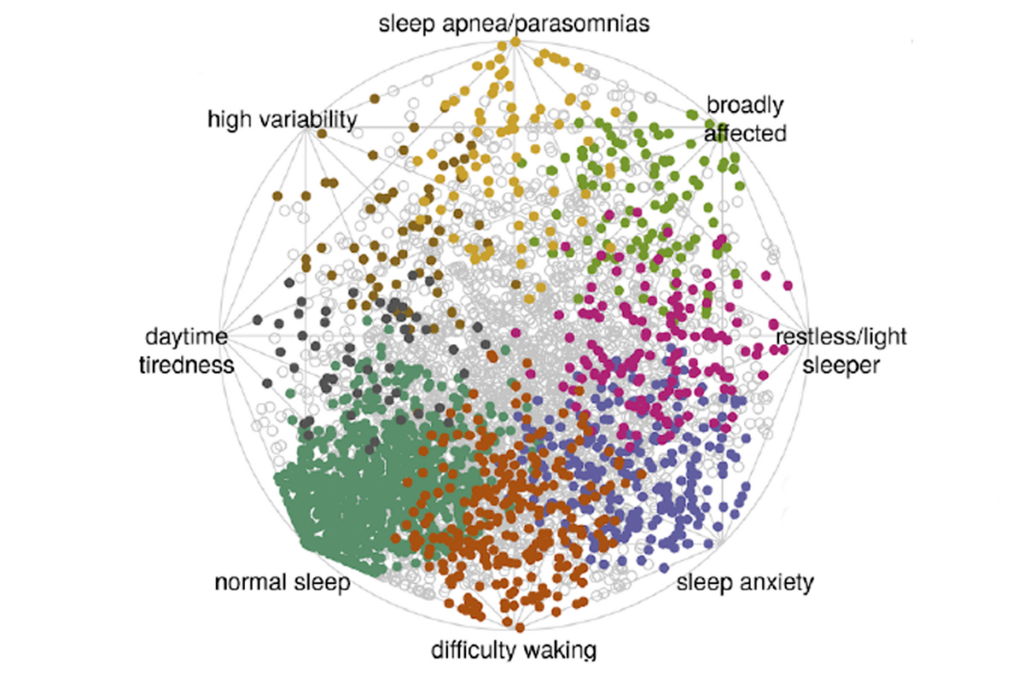Clinical research: Rare epilepsy syndrome accompanied by autism
Roughly one-quarter of individuals with Dravet syndrome, a syndromic form of epilepsy that starts in infancy, also have autism, according to a study published 25 May in Epilepsy and Behavior.
Roughly one-quarter of individuals with Dravet syndrome, a syndromic form of epilepsy that starts in infancy, also have autism, according to a study published 25 May in Epilepsy and Behavior1.
There is a significant overlap between epilepsy and autism. Studies suggest that up to nearly half of individuals who have autism also have epilepsy. Conversely, 15 percent of individuals diagnosed with epilepsy show some symptoms of autism spectrum disorders, according to one study2.
This association is most likely because the two disorders have underlying genes or brain functions in common, such as an imbalance between excitatory and inhibitory signals in the brain.
Dravet syndrome affects about 1 in 40,000 children and twice as many males as females. The disorder is characterized by severe seizures during the first year of life and a high risk of mental retardation and behavioral symptoms after age 2.
In the new study, researchers identified 41 children with Dravet syndrome from among 6,040 individuals treated at the Epilepsy Center of the Second Affiliated Hospital in Guangzhou, China. Of these, doctors diagnosed seven with autism and two with pervasive developmental disorder-not otherwise specified.
Nearly all the children have intellectual disability, but children with both Dravet syndrome and autism are more severely affected than those with Dravet syndrome alone, the study found.
Of nine children with both autism and Dravet syndrome, four have intelligence quotient (IQ) scores below 25 and one has mild intellectual disability with an IQ score between 40 and 50. By contrast, only 1 of 28 children with Dravet syndrome alone has an IQ below 25, and 15 have mild intellectual disability.
References:
Recommended reading

Expediting clinical trials for profound autism: Q&A with Matthew State

Too much or too little brain synchrony may underlie autism subtypes
Explore more from The Transmitter

This paper changed my life: Shane Liddelow on two papers that upended astrocyte research
Dean Buonomano explores the concept of time in neuroscience and physics

